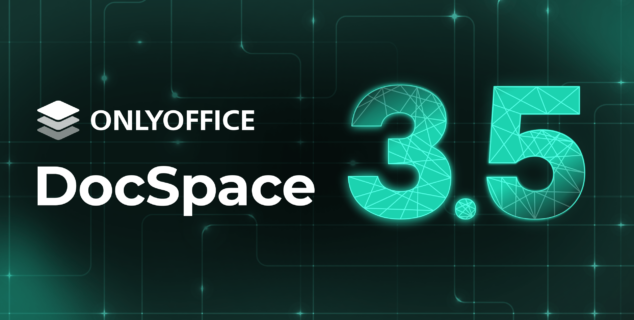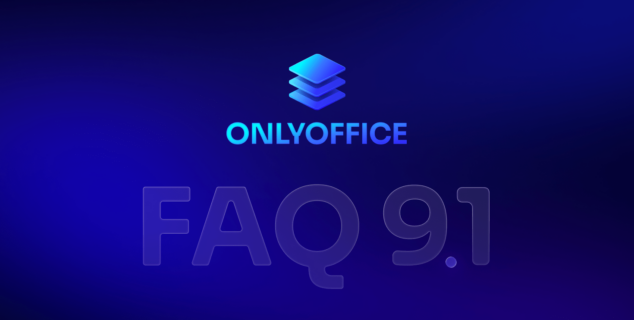What is a spreadsheet?
Spreadsheets have become an essential tool in the modern digital landscape, revolutionizing the way we manage, analyze, and present data. From personal budgeting to corporate financial planning, they offer flexibility and efficiency. In this article, we delve into the world of spreadsheets, exploring their structure and functionalities.

Brief history of spreadsheets
A spreadsheet is a digital tool that allows users to organize, analyze, and store data in a tabular format. It consists of various elements that enable the manipulation and analysis of data for various purposes.
From its humble beginnings as a paper-based accounting tool, the spreadsheet has truly come a long way. In the late 1970s, Dan Bricklin and Bob Frankston introduced VisiCalc, the first electronic spreadsheet that was widely used on the Apple II; its instant appeal lay in its capabilities for automating calculations, making personal computers indispensable for business.
In the 1980s, the arrival of Lotus 1-2-3 improved the speed and functionality, setting a solid status for the spreadsheet in business computing. In 1985, Microsoft followed with Excel, first for the Macintosh and later for Windows. With a graphical interface and user-friendly features, Excel soon became the gold standard in spreadsheets.
These days, modern tools like Excel, ONLYOFFICE and others continue to evolve by including advanced analytics, data visualization, and AI-powered assistance in their development. Along the way, the spreadsheet proves its relevance in structuring and analyzing the world’s data.
A technical overview
The structure of a spreadsheet is based on a grid system composed of rows and columns. Rows are horizontal and are typically numbered sequentially, while columns are vertical and are labeled alphabetically. The intersection of a row and a column creates a cell, the fundamental unit where data is entered. These cells are identified by their column letter and row number, such as A1, B2, or C3. A single spreadsheet file is referred to as a workbook, and it can contain multiple worksheets or tabs, allowing users to organize related data within a single file.

Spreadsheets are equipped with a variety of powerful tools and components that make them indispensable in data management and analysis. These include:
- Formulas: Custom calculations defined by users, such as =A1+B1, to add the values in cells A1 and B1. Formulas allow dynamic updates, meaning changes in referenced cells automatically recalculate results.
- Functions: Built-in operations for more complex tasks, such as SUM for adding ranges of numbers, AVERAGE for calculating the mean, IF for conditional logic, and VLOOKUP for searching specific data within a table.
- Charts and Graphs: Visual representations of data that include bar charts, line graphs, pie charts, and scatter plots. These tools help users understand trends and patterns at a glance.
- Pivot Tables: Advanced tools to summarize, reorganize, and analyze large datasets dynamically. Pivot tables are especially useful for generating reports and extracting insights from extensive data collections.
- Conditional Formatting: A feature that applies specific formatting (e.g., color-coding) to cells based on their values or rules, making it easier to identify trends or anomalies.
- Data Validation: Ensures data integrity by restricting inputs to specific formats or ranges. For example, a user can limit a column to accept only dates or numbers within a certain range.
- Macros and Scripting: Automate repetitive tasks using programming scripts or built-in macro recorders. This feature is essential for users managing extensive datasets or performing routine operations.
Modern spreadsheets also support extensive data import and export options, compatible with various file formats such as CSV, XLSX, and ODS.

Cloud-based spreadsheet tools enhance this functionality further by enabling real-time collaboration, where multiple users can work on the same document simultaneously. Features like version history, commenting, and user permissions add to their utility, making spreadsheets an indispensable tool in both personal and professional settings.
What is a spreadsheet used for?
Spreadsheets have a wide range of applications across various domains.
In financial management, they are invaluable for budgeting, tracking income and expenses, and forecasting future trends based on historical data. They are commonly used for creating and managing invoices, providing a simple and organized way to handle client transactions.
In data analysis, spreadsheets play a critical role in business analytics, enabling users to analyze sales data, identify customer trends, and evaluate market performance. They are also widely utilized in scientific research to organize experimental results, perform statistical analyses, and present findings in a clear and accessible manner. In education, spreadsheets help students and educators visualize data, teach statistical concepts, and manage academic records.

For project management, spreadsheets offer tools to monitor progress, plan schedules, and allocate resources effectively. Task tracking, creating timelines, and visualizing progress through Gantt charts are common uses. In inventory and logistics, spreadsheets simplify the management of stock levels, track supply chain operations, and maintain records of customer orders. These applications highlight the flexibility of spreadsheets in adapting to a variety of professional needs.
On a personal level, spreadsheets are used for meal planning, where users can organize grocery lists and meal schedules. Fitness enthusiasts use them to log workouts, track weight changes, and monitor other health metrics. Event planners find spreadsheets useful for coordinating guest lists, budgets, and schedules, demonstrating their utility in everyday life.
What is the most universal spreadsheet format?
When discussing the most universal spreadsheet formats, three stand out: XLSX, CSV, and ODS. The XLSX format, primarily used by Microsoft Excel, is the industry standard for its robust functionality. It allows a wide range of features such as complex formulas, pivot tables, charts, and data visualization that can be used for professional and extensive data analysis.
On the other hand, the CSV format is rather simple and compatible. It is a plain text format, tabularly storing data, with each line constituting a row and values separated by commas. Because of its light weight and support by virtually all spreadsheet applications, CSV finds its usage in data exchange among different systems and platforms.
The ODS (Open Document Spreadsheet) format is the default for many open-source office suites. It adheres to an open standard, ensuring that files can be opened and edited across various software without proprietary restrictions. This format is especially popular among users who prefer open-source solutions and need a flexible, non-proprietary format for their spreadsheets.
Finally, it’s worth mentioning the GSheet format is the proprietary format used by Google Sheets. As part of Google’s cloud-based ecosystem, GSheet offers seamless integration with other Google services and real-time collaboration features. It is widely used for online teamwork and allows users to access and edit their spreadsheets from any device with an internet connection.
Advantages and limitations of spreadsheets
Spreadsheets offer significant benefits, but they also have some drawbacks. Below is a breakdown to make these points more readable:
Advantages:
- Accessibility: Available on desktop, mobile, and web-based platforms, spreadsheets are universally accessible.
- Flexibility: Can be adapted to a wide range of tasks, from budgeting to data analysis.
- Cost-effective: Many tools are free to use.
- Automation: Features like macros reduce repetitive tasks, enhancing productivity.
Limitations:
- Performance issues: Not ideal for handling extremely large data sets, where databases perform better.
- Error-prone: Manual data entry and complex formulas can lead to inaccuracies.
- Scalability: Large files can become slow and unresponsive, hindering efficiency.
Having these characteristics in mind, let’s see how to work on spreadsheets.
How to open a spreadsheet
To open a spreadsheet, you need to get an editor first. There are numerous spreadsheet tools available today, each with its unique features.
You might already have a spreadsheet editor installed on your computer, but you can consider using other software based on your specific needs, or an online solution.
ONLYOFFICE Spreadsheet Editor is a comprehensive tool designed to meet the needs of modern spreadsheet users. It supports all major file formats, including XLSX, ODS, and CSV, ensuring compatibility and flexibility. The editor offers an intuitive interface with advanced editing capabilities, such as conditional formatting, pivot tables, and custom charts, making it suitable for complex data analysis.
One of its standout features is real-time collaboration, which enables multiple users to work on the same document simultaneously. Users can leave comments, track changes, and communicate within the document, enhancing team productivity.

The built-in AI tools assist in tasks like formula suggestions and data visualization, reducing manual effort.

Moreover, its strong focus on data security, including encryption and access controls, ensures that sensitive information is well-protected.
ONLYOFFICE Spreadsheet Editor is part of a larger suite of office tools, making it a versatile solution for individuals and organizations looking to streamline their workflows. Its combination of editors for documents, spreadsheets, presentations, and PDFs, and ease of use makes it a top choice for those who are looking for a powerful tool.
The suite provides a free spreadsheet editor that allows you to open and read your files, both online and offline: decide whether to download the editor on your PC or to work online in ONLYOFFICE DocSpace.
Once you got your editor, navigate to the “Open File” option, and select the spreadsheet file from your device storage.

ONLYOFFICE supports a variety of file formats, including XLSX, ODS, and CSV, ensuring compatibility with most spreadsheet files. Once the file is open, you can start editing, analyzing, or sharing it with your team in real time.
Conclusion
Spreadsheets are powerful tools that have transformed the way we handle data. They provide a versatile and efficient means of organizing, analyzing, and presenting information. By understanding their features, use cases, and limitations, users can exploit the full potential of spreadsheets to optimize workflows and improve decision-making processes.
Create your free ONLYOFFICE account
View, edit and collaborate on docs, sheets, slides, forms, and PDF files online.


